Dive into the vibrant world of color expression, where every hue speaks volumes and each brushstroke is a dialogue with creativity. In the Academy of Arts & Design, Tsinghua University, a revolutionary teaching reform for first-year undergraduate students brings an immersive four-week journey into the profound art of color through the “Color Expression” course.
The course aims to broaden the scope and content of basic color modeling into a study of the composition and expression of “formal elements.” This approach allows students to rediscover and master the fundamental laws of color expression through the internal language of visual forms and to understand the principles behind the composition and expression techniques of various color elements.
It isn’t just about painting; it’s about redefining the boundaries of artistic expression through a modern educational synthesis of shaping and designing fundamentals. By comparing Eastern and Western traditions with modern perspectives, this will enable students to develop a comprehensive and systematic understanding of the rules governing color expression.
Students will not only master the principles of color composition but also acquire the skill to express their unique color language. “Color shapes personality, and in art, it is the most imaginative element,” said Gu Liming, program team leader of the Color Expression course and professor from the Department of Painting.
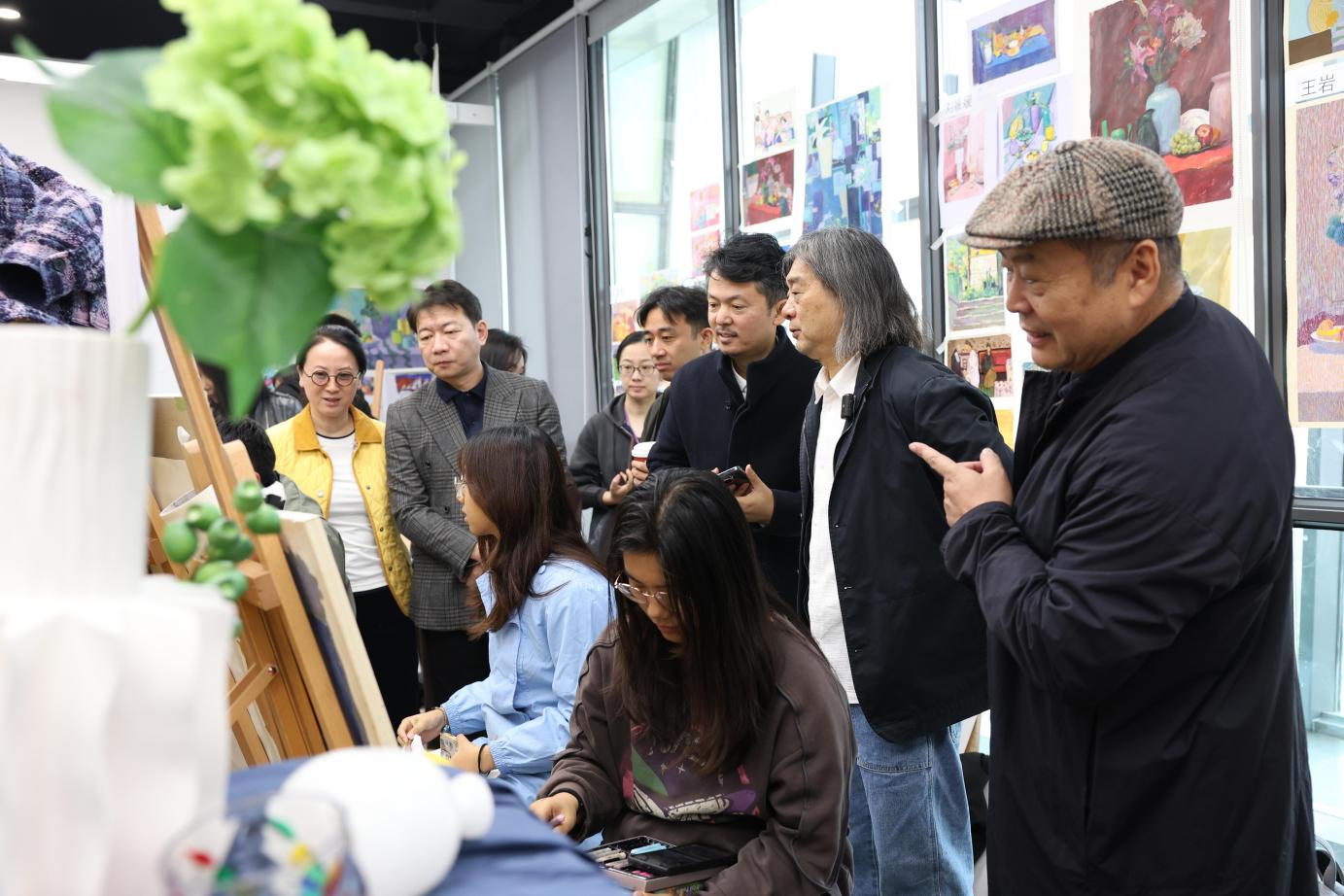
Interaction between professors and students
Where creativity’s seeds are sown
This intensive course unfolds over four-week cycles, each meticulously designed with clear educational objectives. The weekly content includes appreciation and variations of classic works from both the East and West, a study of complementary colors through still-life study, an examination of analogous colors through still-life study, and free expression of color. Each cycle begins with an inspiring Monday lecture that introduces the week’s theme, blending theory with practical assignments designed to challenge and expand the students’ artistic horizons.
The academic team of the course holds collective evaluations and discussions, accompanied by weekly observation sessions to deepen inter-disciplinary understanding and promote continuous dialogue. This robust exchange not only enriches the learning journey but also cultivates a community that values diverse artistic expressions.
Faculty members from various artistic disciplines leverage a unified color teaching resource library and consistent still life setups to enhance pedagogical coherence. They customize their teaching to align with the distinct features of their respective fields while adhering to a common curriculum framework.
Each Friday, a collaborative session convenes professors from Chinese painting, oil painting, visual communications, and more. They gather to share insights and offer critiques on student works. These professors actively rotate between ten different classes, ensuring that students gain from a broad spectrum of artistic insights and constructive feedback, enriching their educational experience with every session.
.
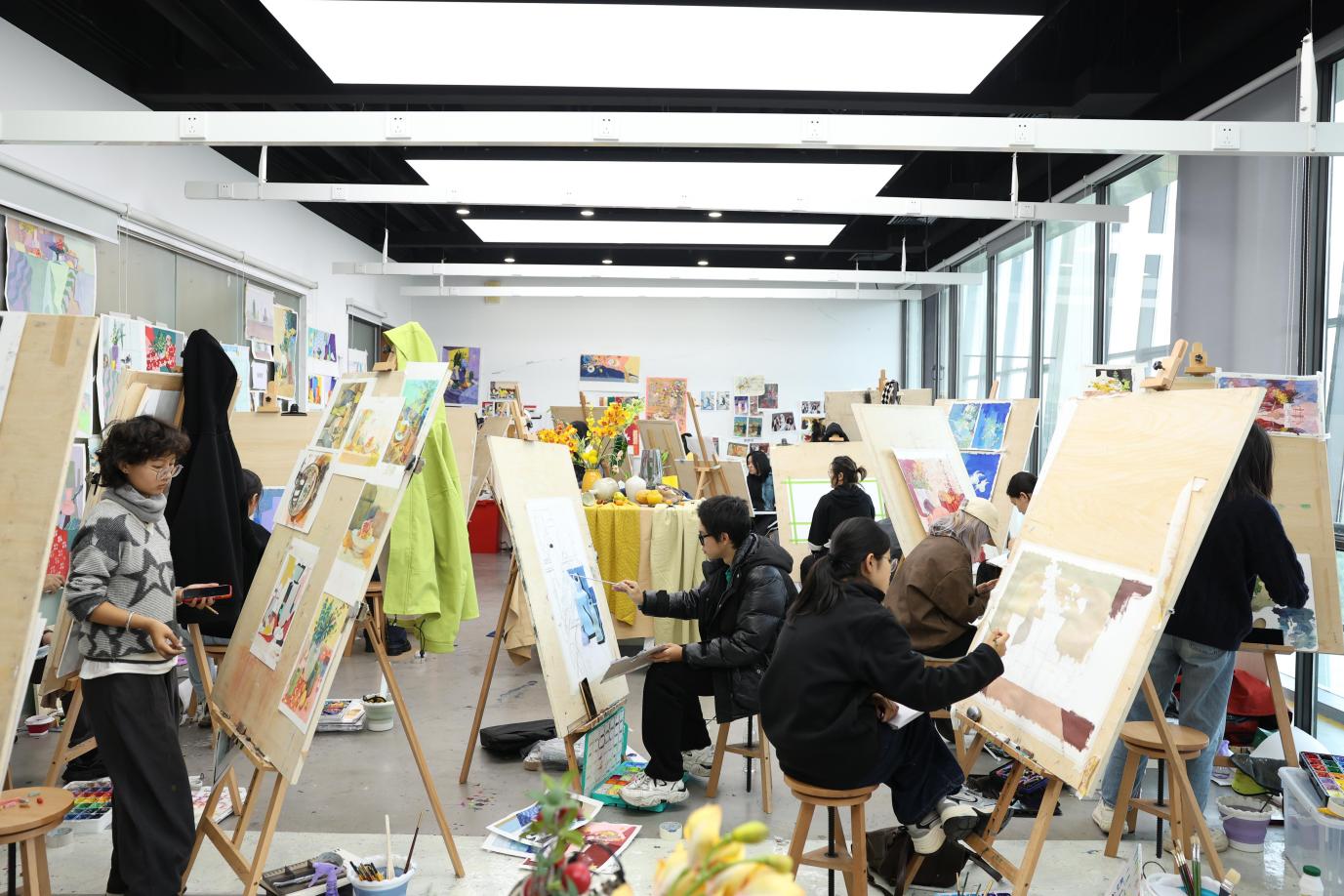
Students focused on painting in classroom
This rich, interdisciplinary dialogue not only deepens the learning experience but also fosters a supportive community that values diverse artistic expressions.
Ni Xiaoyi, a student from the Department of Arts and Crafts, shares her personal growth through the course: “I’ve developed my own artistic voice through observing and expressing myself, moving beyond just demonstrating skills.” For her, art transcends conventional definitions and judgments of right and wrong; it is a platform for genuine expression.
“I learned that color is like music and represents emotions; it’s both a way to express and to shape feelings,” she added.

Shaping aesthetic vision
The focus on color in this course delves far beyond mere application, aiming to unlock its profound impact on artistic work. During the Color Expression course seminar in April, Tsinghua University Vice President Peng Gang affirmed the phased achievements of the course’s academic team. He emphasized the critical importance of foundational teaching in expanding students’ horizons, elevating their taste, refining fundamental skills, and strengthening their aspirations as they begin their university education.
“Students are guided to develop a deep understanding of color, reinforcing their ability to capture and interpret the subtleties of artistic expression,” explains Ding Hong, Associate Professor from the Department of Painting. This enriched perspective not only boosts their aesthetic attainment but also broadens their cultural insights.
In response to the evolving landscape of technology, particularly the advent of artificial intelligence, the way the course approaches color education has been transformed. “By melding foundational knowledge with innovative applications, the program equips students for the challenges of the future,” remarks Yang Dongjiang, Associate Dean of the Academy of Arts & Design.
He further emphasizes the course’s objectives: “The aim is to deepen students’ grasp of color fundamentals while significantly enhancing their capabilities in spatial design and artistic expression.”
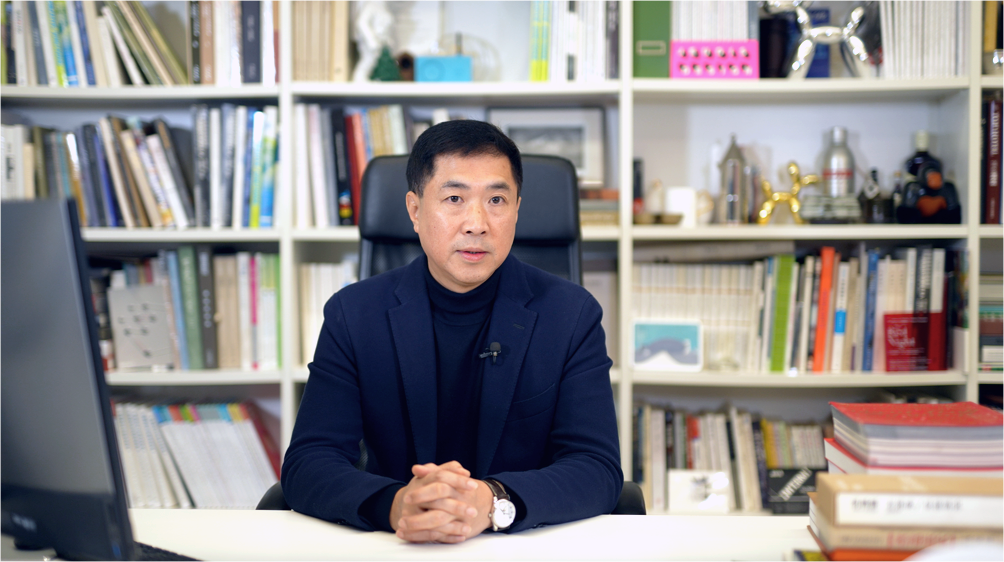
Associate Dean Yang Dongjiang sharing his insights
Beautiful things are not just visual; they resonate with the soul
Echoing Program Team Leader Gu’s guiding principle: “Pleasure, modernity, and creativity are the three pillars that form the foundational logic of this course.” The Academy of Arts & Design procures items that enhance the aesthetic of still life across all ten classes, ensuring a consistent and pleasurable visual experience for every student. He emphasizes taking “modern color” as the foundation for research in color education, promoting a more scientific and objective exploration of color’s natural development patterns. This approach distills the artistic language of color through observation and insights drawn from real-life experiences.
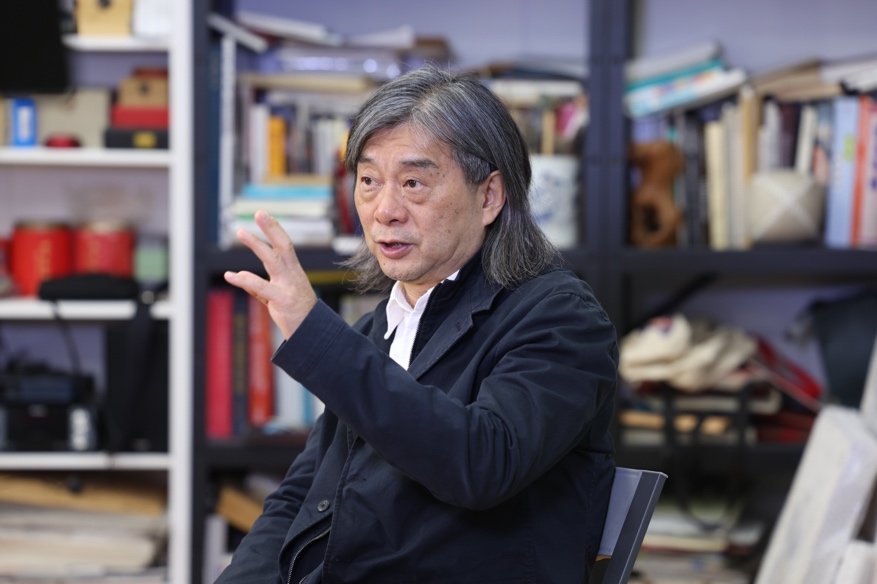
Program Team Leader Gu Liming sharing his insights
In each classroom, the standardized still life setups include a variety of vessels, vases, and other decorative items, all set against elegant backdrops. Rich reds, yellows, blues, and soothingly elegant color combinations form lively and vivid palettes, complemented by natural elements such as flowers and fruit, breathing life and vibrancy into each group of subjects for drawing.
These compositions are meticulously crafted to achieve a balance of composition, form, texture, and color, creating an aesthetic that is tranquil yet brimming with freshness and modern creativity. “Flatness” serves as the foundation of modern visual language and is a common base for both shaping and designing fundamental. This course resolves long-standing divergences between fine arts, design, and art theory on basic design, integrating understanding of color fundamentals across these artistic disciplines in general education and specialized education.
The foundational teaching of Color Expression artfully resonates with students, guiding them towards modernity and facilitating the discovery, understanding, and creation of their self-identity. This course’s approach to the modern elements of color and individual development aligns with the current modern art education in China, which advocates for the cultivation of creative talents.
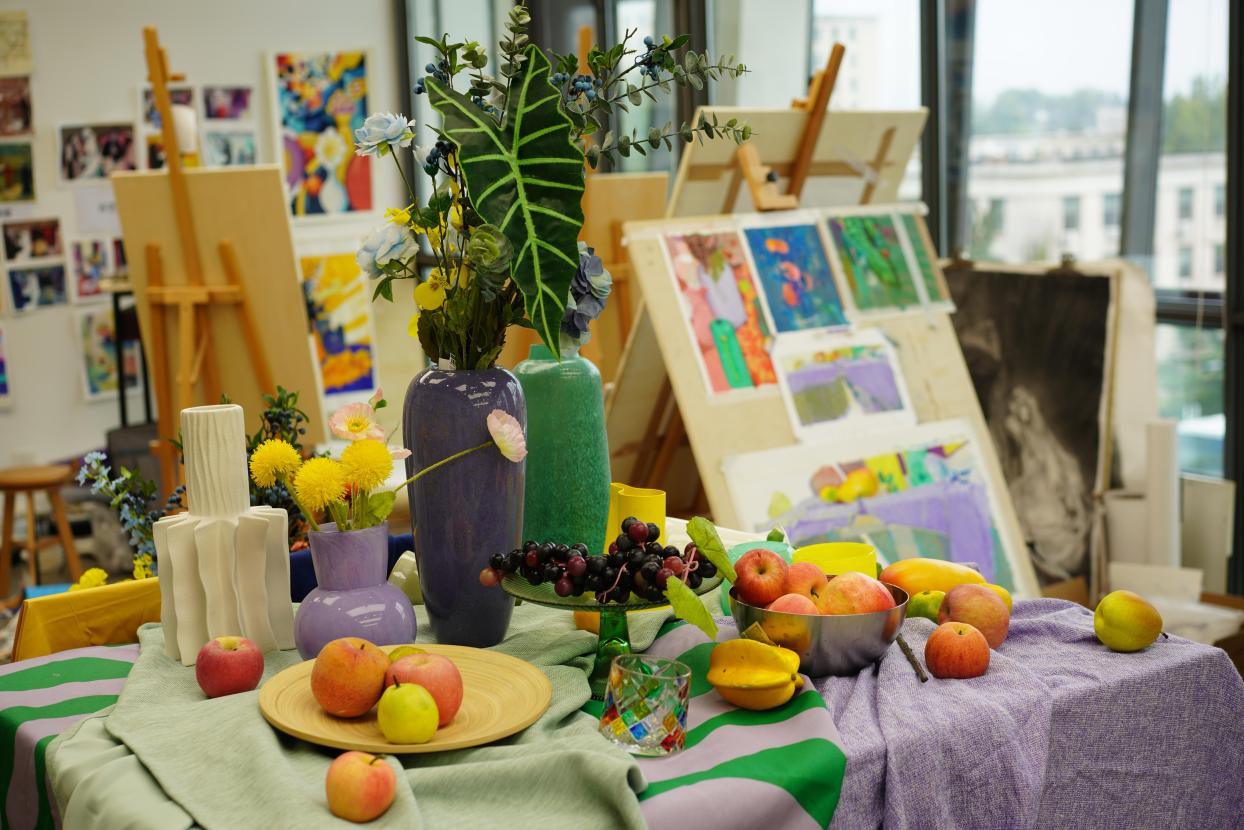
Colorful classroom still life setup for artistic instruction.
Cultivating artistic mastery
A variety of painting materials are blended to teach the basic principles of color composition. It represents a blend of traditional artistry with contemporary practice while adhering to a rigorously developed curriculum designed to equip students with a deep, practical understanding of color’s role in artistic expression.
“We are given the opportunity to use colors to express our abstract and subtle emotions and then visualize these feelings,” said Wang Anqi, a student from the Department of Textile and Fashion Design. This process of artistic expression through colors, textures, and objects not only fosters a deeper understanding of art but also aids students in shaping their personal identities.
“We always encourage students to merge different materials with colors, as color is a fundamental expression of the materials themselves,” explained Yue Song, Associate Professor from the Department of Arts and Crafts.
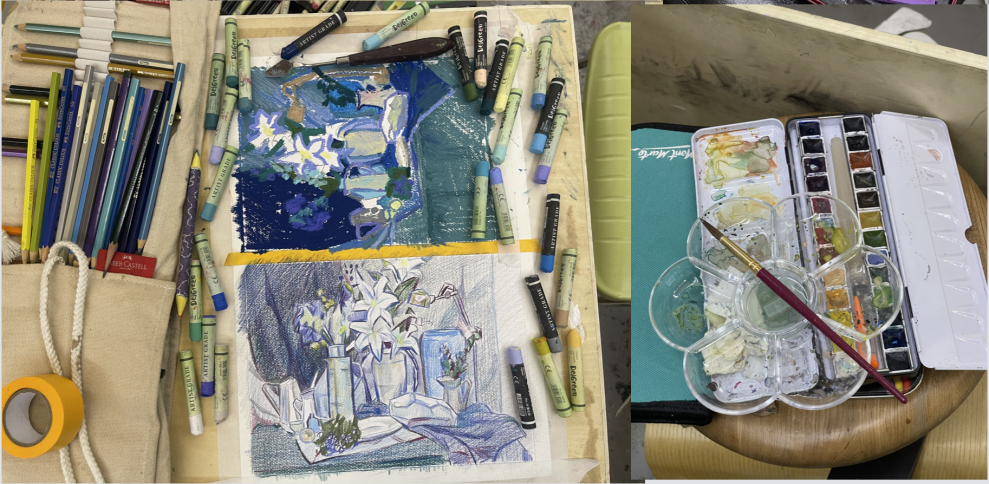
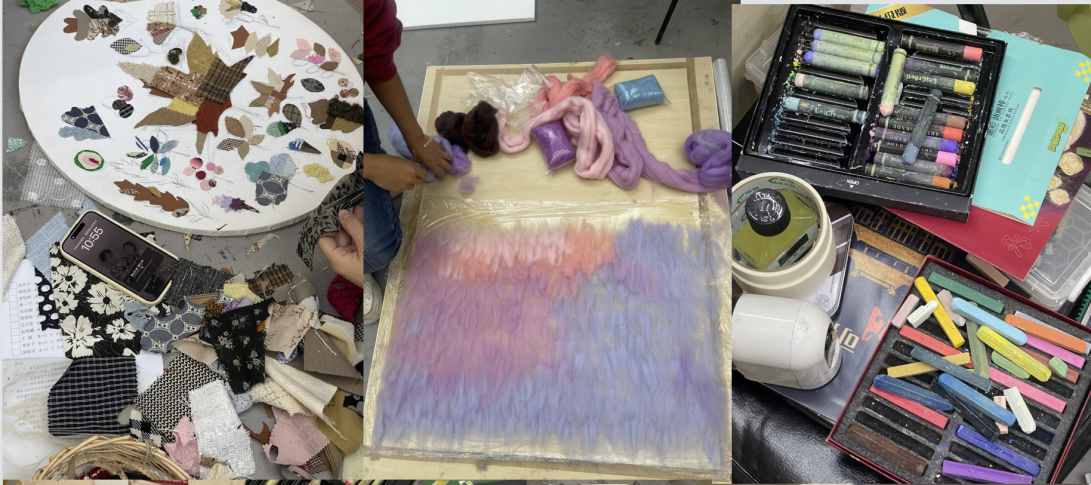
Students practice with various painting materials.
Dynamic educational interaction
In the classroom, the dynamic is not just instructional but transformational.
“I believe the most distinctive aspect of this course is the interaction between students and teachers, we are not just passive recipients but actively engaged in exploring and effectively communicating with our teachers, delving into our own feelings about color,” Zhao Xinyue, a student from the Department of Textile and Fashion Design added.
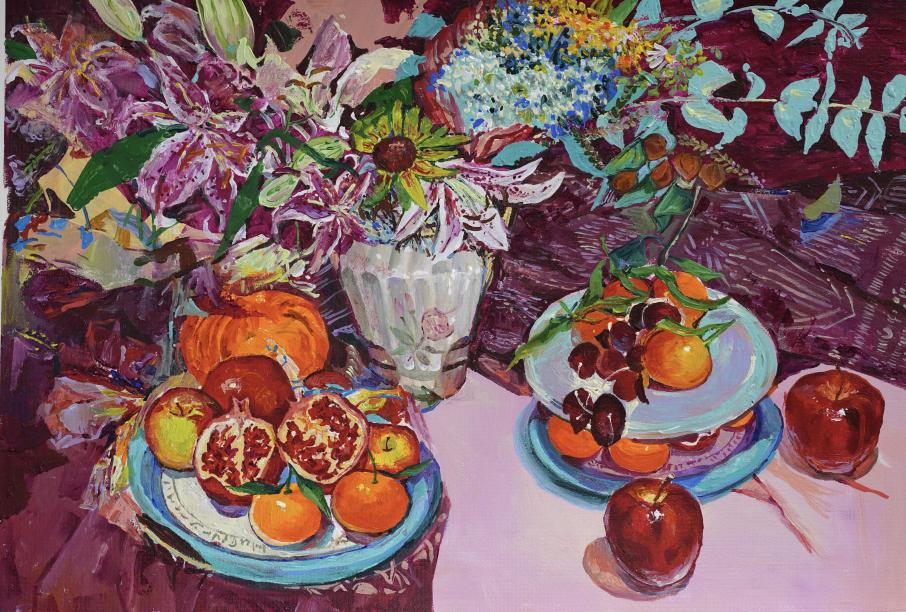
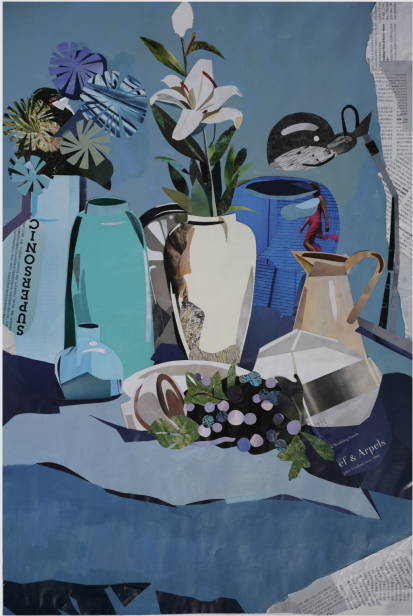
Artworks by students of Color Expression, Qiao Yanxi(enrolled in Tsinghua in 2024)and Yu Xinran (enrolled in Tsinghua in 2023).
“The end-of-course exhibition last year in Hall A was a resounding success, vividly showcasing the transformative journey our students undergo through their artistic endeavors,” shared Associate Professor Ding.
Each artwork, infused with personal narratives and technical mastery, sparks conversations and connections. The exhibition acts as a grand finale, where students see the impact of their work resonate within the community. It’s a celebration of artistic growth and a dynamic exchange of ideas, making each piece not just viewed but truly seen and appreciated.
This fundamental educational reform is of great importance. The ultimate goal of the curriculum reform is to cultivate students’ moral integrity and develop their talents so that they possess profound insights and intrinsic motivation, whether they are engaged in cutting-edge professional studies or adapting to challenges.
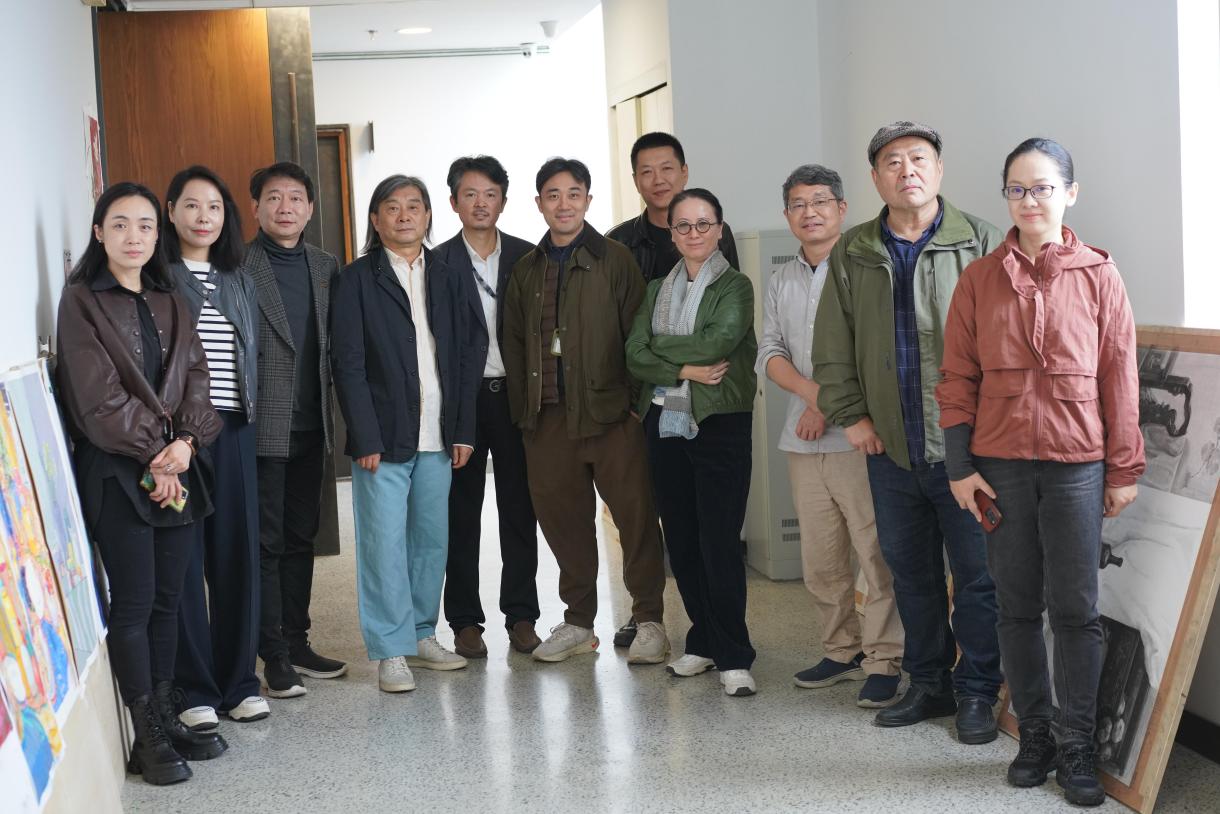
Academic team of the Color Expression course.
Writer:Evender Hsu
Editor: Li Han

